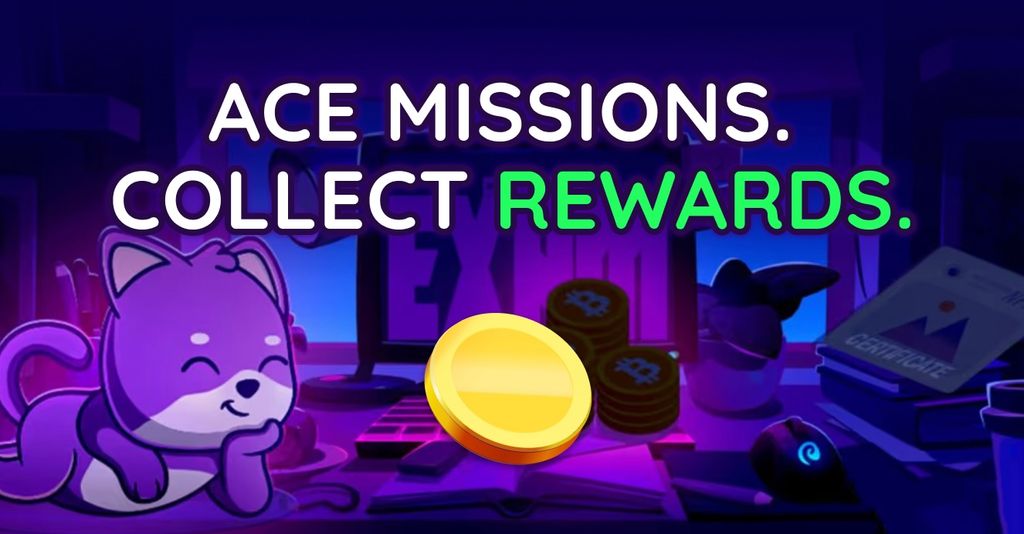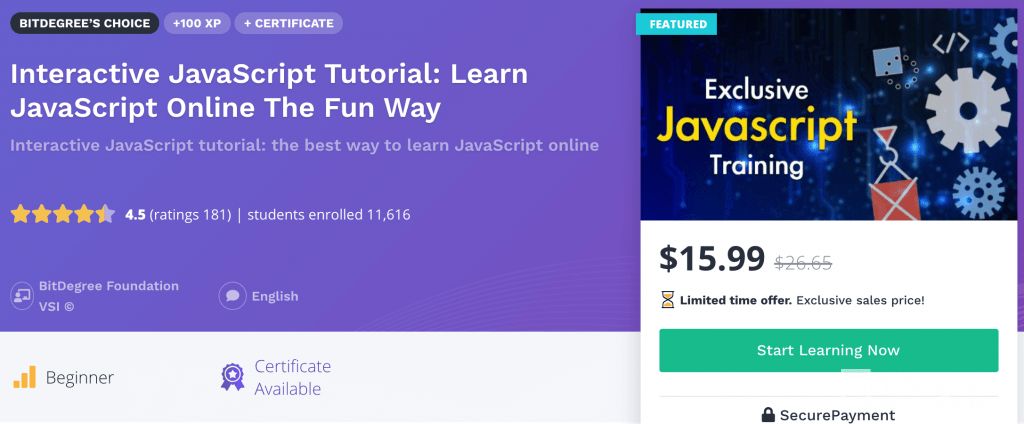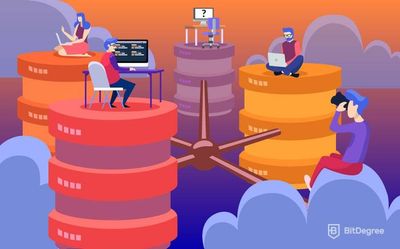Stop overpaying - start transferring money with Ogvio. Sign up, invite friends & grab Rewards now! 🎁
Learning how to code is something that more and more people are doing every single day. As technology advances and takes more control over the world we live in, the demand for coders is only going to increase. This means that there will be more career options, higher-paid jobs, and increased job security for coders in the future.
However, a lot of people simply don't know how to learn to code. Unless you are taking an intensive boot camp course or are enrolled in a university-level computer science course, it can be hard to figure out how to get started.
Table of Contents
- 1. Step 1: Choose A Language To Start With
- 1.1. Why Are You Learning How To Code?
- 1.2. How Much Time Do You Have To Dedicate To Coding?
- 1.3. What Is Your Current Career?
- 2. Step 2: Enrol In An Online Course
- 2.1. Python
- 2.2. JavaScript
- 2.3. HTML & CSS
- 3. Step 5: Learn How To Use Comments
- 4. Step 6: Improve/Hack Someone Else's Code
- 5. Step 7: Learn More Languages
- 6. Step 8: Apply Your Skills For the Final Step
- 7. Conclusion
Step 1: Choose A Language To Start With
Choosing the right language is the first and probably the most important step when it comes to learning how to code. Although a lot of people simply start with easy languages like HTML, CSS, and Python, this isn't necessarily the best option. You need to think about a few things before you choose your first language:
Latest DataCamp Coupon Found:Why Are You Learning How To Code?
The answer to this question will make it much easier for you to choose the right language to get started. Think about what you want to get out of coding, what you plan on doing with your new coding skills, and why you even want to find out how to code in the first place.
For example, if you are planning on trying to get a job as a front-end web developer, you will need to learn HTML, CSS, and JavaScript. However, if you're an academic who wants to be able to write their data analysis and statistics programs, you will be much better off learning something like Python.
How Much Time Do You Have To Dedicate To Coding?
Most people who are taking online or part-time courses teaching how to learn coding are also working full time. If this is you, you need to think carefully about how much time you have to dedicate to learning how to code. Unless you can sit down for at least 5-10 hours per week, you should probably start with one of the easier languages.
What Is Your Current Career?
Could learning how to code in a particular language be useful in your current job? If so, then why not learn that language first! For example, if you're a web content writer, you should learn HTML and CSS to complement your writing skills. Doing so will make you more employable, will improve your job security, and could even improve your salary!
If you still haven't made up your mind, read through our listed most used programming languages: maybe it will help you choose the best one for you.
Step 2: Enrol In An Online Course
Once you've chosen a language to learn, its time for you to choose an online course to kick-start your journey to the pro coder. Online courses are probably the best way to learn how to code: they are usually relatively cheap, they offer a lot of information which is organized in an ordered fashion, and they are flexible.
On the BitDegree platform, you will find a huge range of coding courses that will teach you everything you need to know about a particular language. Here are a few of the best courses to learn the most popular languages:
Python
Python is one of the most popular languages for beginners. It is simple and easy to learn as a first language. Look at the Interactive Python course if you are new to programming. This course will teach you how to code basic Python: syntax, conventions, and more - all through a user-friendly online teaching method!
JavaScript
JavaScript is one of the essential web development languages. It is a popular language among beginners who are looking at becoming either front or back-end web developers. Take a look at the Interactive JavaScript Tutorial if you would like to learn JavaScript as your first language.

- Easy to use with a learn-by-doing approach
- Offers quality content
- Gamified in-browser coding experience
- Free certificates of completion
- Focused on data science skills
- Flexible learning timetable

- High-quality courses
- Nanodegree programs
- Student Career services
- Nanodegree programs
- Suitable for enterprises
- Paid certificates of completion

- A wide range of learning programs
- University-level courses
- Easy to navigate
- University-level courses
- Suitable for enterprises
- Verified certificates of completion
HTML & CSS
HTML and CSS are generally used together to create responsive, cleverly designed web pages. Using HTML allows you to add content to a page, while CSS controls how this content is formatted and how it looks. Start with the Interactive Coding For Beginners: What Is CSS, HTML & Web Development course if you want to become a front-end web developer.
in the future!
Step 5: Learn How To Use Comments
Comments are an essential part of any decent program. Comments can be used in pretty much every programming language to explain to both yourself and other people who read your code in the future exactly what you're trying to do. They are lines of text which are formatted in such a way that they are ignored when the code is read by a computer. This makes comments easy to create and is even more of a reason why you should always use them.
Start by working through your latest program and writing a comment that explains what every line or block of code does. Now, go through and remove the comments that explain the very simple or self-explanatory code. Read through and make sure that you have left enough information for both you and anyone else to be able to easily understand your code in the future.
Step 6: Improve/Hack Someone Else's Code
Writing programs is a great way to practice writing code, but hacking or tinkering someone else's code is also a great idea. What I mean by 'hacking' someone else's code is taking some code that has been written by someone else, and working through it until you understand what every line does and how it contributes to the program at large.
You can head over to GitHub when you have a bit of free time to practice and find a code file that looks interesting. Then download it, open it with your code editor, and start working through it. If you see something that can be improved, make changes to the code,. Be sure to keep your reference guide handy to look up things that you don't understand.
Remember, you can always re-upload the code if you think you've made improvements or changes that could benefit others!
Step 7: Learn More Languages
Learning how to code is about more than just learning one language. You need to learn a range of languages if you want to be able to code like a pro. Keep working on your first language until you have a pretty good grasp of the main syntax and can write simple programs. Then once you've achieved this level, move onto another language.
However, make sure that you keep coming back to your original one regularly, otherwise, you will forget the things that you worked so hard to learn!
Make sure that you try and find a language that will complement the one that you chose first, as this will make you more employable. For example, you might have started by learning how to code with HTML. So, once you've gained a bit of fluency in HTML, you could move onto CSS and JavaScript.
You should learn three or four languages that complement each other -- this will help you work in your desired coding field. Once you've done this, it's time to move onto the last step of our step by step guide on how to learn to code like a pro - getting a job!
Step 8: Apply Your Skills For the Final Step
Congratulations, you now know how to code like a pro, and you're ready to graduate and find your first job as a coder! Finding work as a junior or entry-level coder isn't always easy, even if there seems to be a big demand for coders. Unfortunately, most companies want to employ people who have already proven themselves, and who have a significant knowledge base that they can draw on.
Since you haven't had a coding job before, it can be hard to show any experience or proof of your skills. One of the best things to do to build experience is to look for some freelance work. Head to a platform like Upwork and look for jobs that are suited to entry-level coders. Complete a few, and ask your clients if you can add them to your portfolio. Once you've built up a decent-sized portfolio of different projects, you can start applying seriously for full-time jobs.
Don't expect to get offered the first job you apply for. It could take dozens of applications before you're even offered an interview. Don't expect to land a job from your first interview either. Treat each interview and each application as practice, and you will eventually find your dream job as a pro coder!
Note that a lot of coders work as freelancers for years - by choice - because of the freedom and flexibility that freelance work offers. Freelance coders regularly charge upwards of $100 per hour!

Did you know?
Have you ever wondered which online learning platforms are the best for your career?
Conclusion
Now that you've read my ultimate guide to learning how to code like a pro, you should know everything you need to right? Of course not!
Even learning how to learn to code can take months. Learning to code can take years, especially if you want to get to the pro coder level. However, this step by step guide should have given you all the information that you need to get out there and start learning. Hopefully you're slightly less confused than you were when you started reading, and hopefully, you know what you have to do now.
To recap, you need to start by thinking about why you want to learn how to code. Use your reasons to guide your choice of language, and enroll in an online course that teaches this language. Can't pay for the course because finances are tight at the moment? Apply for an IT scholarship for online classes. Get familiar with the learning resource and practice until you achieve some degree of fluency. Become fluent in a couple of different languages, and find your first job.
Congratulations - now you know everything you need to know to become a pro coder!










